Is the world running out of gold? That seems to be a common theme in investment circles in recent years. This eye catching article on Visual Capitalist estimates that we’ll be out of gold by 2030. This article based on a report from Goldman Sachs claims we’d hit “peak gold” in 2015, GoldCore.
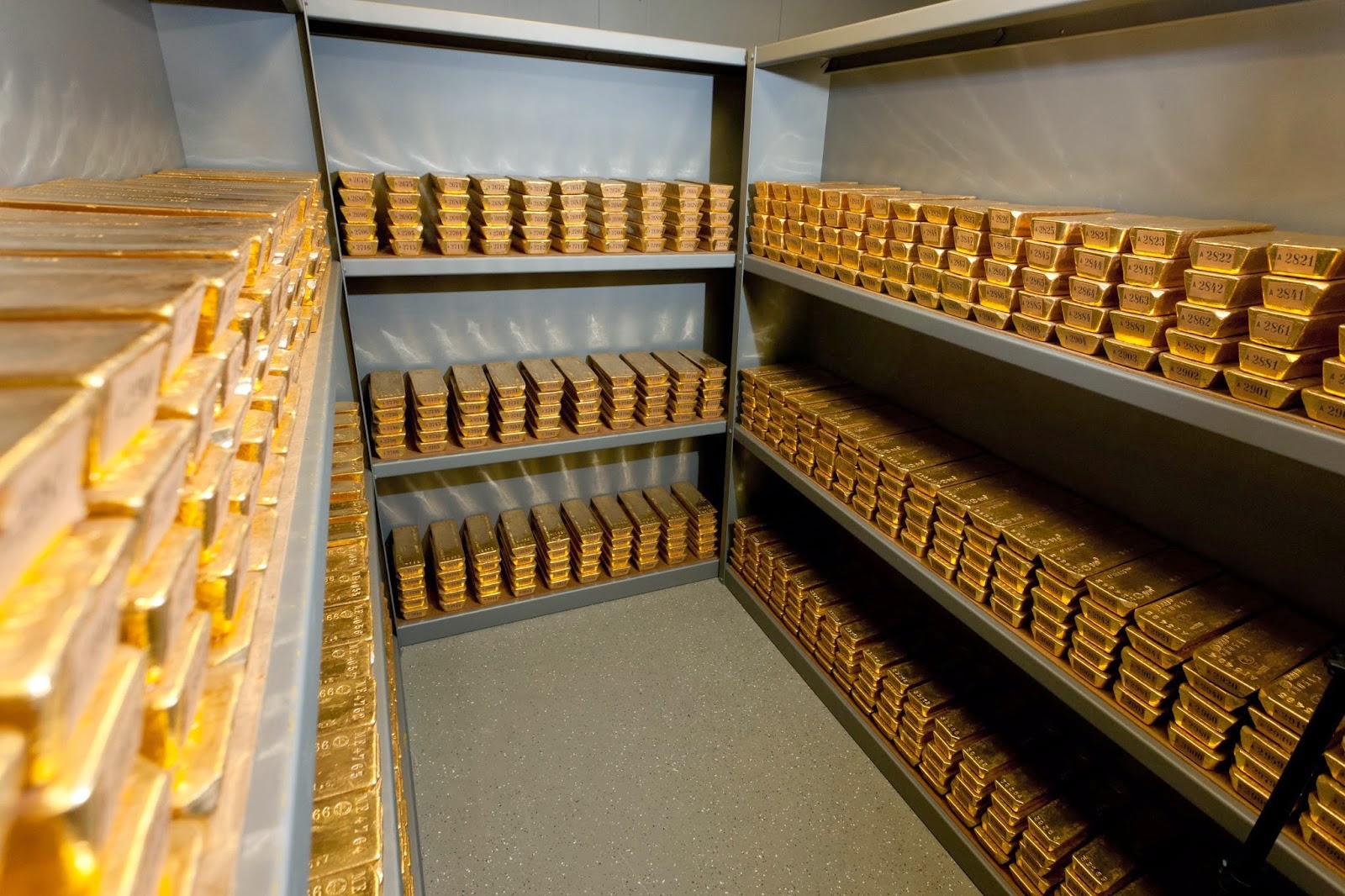 Peak gold is the same idea as peak oil. Where the peak is the moment when maximum world production is reached and declines from then on, eventually reaching zero production. Unlike oil though gold is not used up in consumption. It is typically stashed away in a vault or worn as jewellery.
Peak gold is the same idea as peak oil. Where the peak is the moment when maximum world production is reached and declines from then on, eventually reaching zero production. Unlike oil though gold is not used up in consumption. It is typically stashed away in a vault or worn as jewellery.
Estimates for all the gold in the world mined to date hover around 165,000 metric tons. Some estimates go as high as 1 million tons but most experts would agree that under 200,000 is accurate. World gold supplies are difficult to quantify. That is because gold reserves are not always reported accurately. Over 50% of gold above ground is used for jewellery which makes it difficult to track. Gold rings, necklaces and such can change hands without any records. About 35% is stored as bullion for investments and reserves. Large holders of gold give misleading numbers regarding their reserves, presumably for security reasons but who knows?
The United States, Germany, Italy and France are the worlds largest holders of gold respectively. Each has their share of controversy surrounding their claimed gold deposits. There are conspiracy theories about the amount of gold stored in Fort Knox. Some believe it is empty and the government is just pretending its full of gold. Without seeing it for ourselves we’ll just have to accept the disclosed numbers.
To further add uncertainty to global gold production small scale miners do not typically report their take. This is especially true in third world countries. A lot of gold is mined in this way, primarily placer but hard rock as well.
How much gold is left in the ground? Nobody really knows. Mining companies of all sizes spend their exploration budget to map out potential deposits. They are a long ways from mapping the entire earth. The peak gold estimates are based on proven and indicated reserves that are reported by public mining companies.
There is no shortage of gold on earth. The problem is that it is much deeper than we can mine. Current scientific theories estimate that there is enough gold in the core to cover the surface of the earth with a 4 meter thick layer of pure gold. The density of the core is measured using several techniques including seismic geophysics. Seismic waves are measured from earthquakes all over the world. The wave properties change as they pass through the liquid outer core and the super dense inner core. S-waves can’t travel through liquid, that is how the outer core is mapped. The density of the inner core is greater than iron at 5,515 kg/m3. Clearly there are large amounts of substances that are heavier than iron to achieve that density.
We are limited to several thousand meters below the surface as far as mining is concerned. Check out this blog post on the origins of gold.
Lets do a little math. The average concentration of gold in Earth’s crust is estimated to be between 0.0011 ppm(source) and 0.0031 ppm(source). Now we can calculate the volume of the portion of the crust which can potentially be mined. The deepest gold mine in the World is TauTona Mine in South Africa which reaches 3.9 kilometers below ground. The TauTona mine, operated by AngloGold Ashanti, is a gold mine so its a good yard stick for how deep we can go.
The volume of the earth (approximated as a sphere) is 1,086,832,411,937 cubic kilometres. The calculated volume for the earth with 4km stripped off the top is 1,084,788,886,213 km3. Subtracting the two and using the average abundance of 0.0031 ppm we arrive at 6.3 billion cubic meters of gold in the top 4km of the crust. One more calculation, gold has a known density of 19.3 tons per m3. Which gives us a total mass of 122,264,143,828 or 122 billion metric tons. That is a lot of gold.
Our calculated estimate of 122 billion metric tons of theoretical gold includes the entire surface of the earth. Currently we are not equipped to mine the oceans, although technology is advancing quickly. Check out this article on sub-sea mining robots, LINK. The same processes that accumulate gold into deposits occur in the ocean just as they do on land. With 71% of the surface covered by ocean that is a significant area that is yet to be explored.
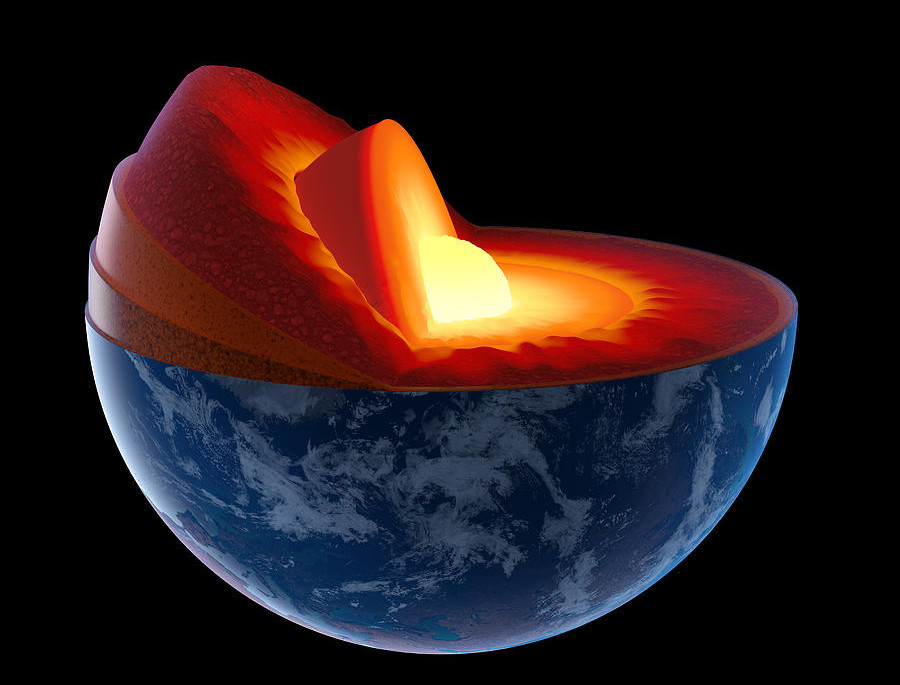
Lets adjust our estimate to account for only continental land which can be mined with today’s technology. So by subtracting the oceans we are left with 35 billion tons of gold on dry land.
Global production throughout the entirety of human history is 165,000 metric tons as previously mentioned. So in a very theoretical sense we have mined 0.00047% of the world’s surface gold. That’s very encouraging. Although not all of that gold is accumulated in mineable deposits. Typically you need at least 0.5 ppm to make a mine profitable. Depending on logistics, location, overburden and other factors that cut off grade can rise quite steeply. So all of that 35 billion tons is not really available to us.
Once gold is discovered it will be mined. We are too greedy to leave it in the ground. Take a look at the gold rushes of North America between 1849-1900. There are some great blog posts on the subject here, Gold Rushes. The hoard of gold hungry prospectors would descend on a creek once a discovery was made. They would move in, erect a town and mine it for all its worth. Within 2-3 years all the easy gold is gone and only the tenacious miners would remain to mine the small gold. The rush would continue elsewhere and repeat the cycle. The same thing happens with hard rock mining but on a longer time scale.
Peak gold takes this phenomena into account. Much like peak oil we’ve picked the low hanging fruit wherever it has been found. Gold is a little different because it is very hard to find. When it comes to oil reserves the big ones stick out like a sore thumb.
Typically it takes about 20 years to go from discovery to full scale gold mine. That involves all the steps to test a property using prospecting, geophysics, and diamond drilling. Delineating the reserve and all the stuff that it takes to build a modern mine (permits, studies, infrastructure and so on).
With the current state of the mineral exploration that 20 year lead time is going to come back to bite us. Over the last few years mineral exploration has dropped off to the point that it is almost non-existent. That seems counter-intuitive if we are running out of gold. Exploration is a high risk investment and people don’t take the risk unless commodity prices are high. The good news is that when prices spike again like they did in 2010 there will be a massive feeding frenzy.
So we’ve estimated that within 4000m of the surface of Earth’s crust there is 35 billion tons of gold. With a remaining 87 billion under the ocean. Only a small portion of that is concentrated enough to mine. Its a big world out there and we’ve only properly explored small pockets of it. The super easy stuff is largely gone but with advancements in technology and some ingenuity its there for the taking. For those explorers who are willing to put on their thinking cap and step outside of their comfort zone there is a bonanza waiting for us.

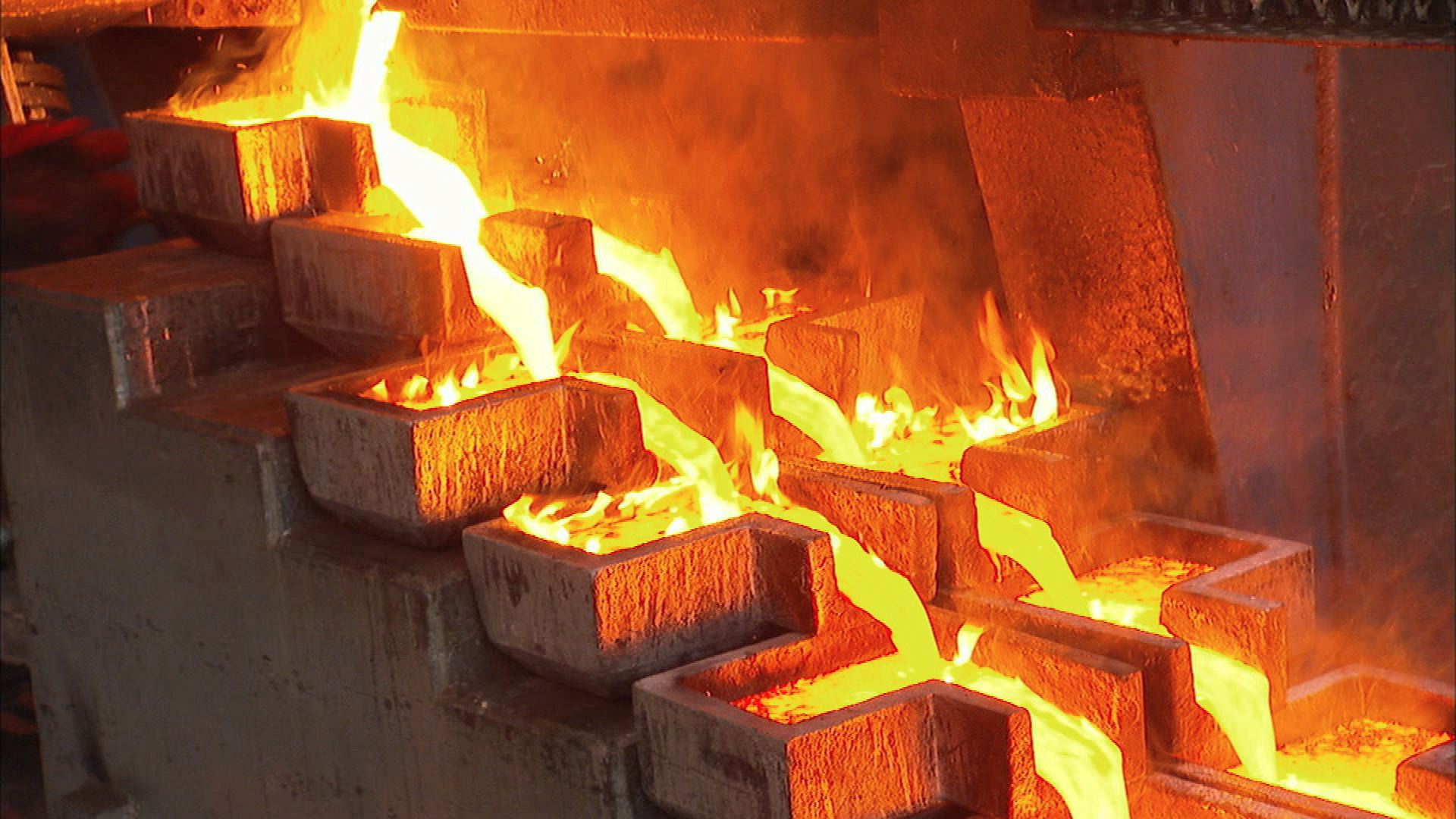
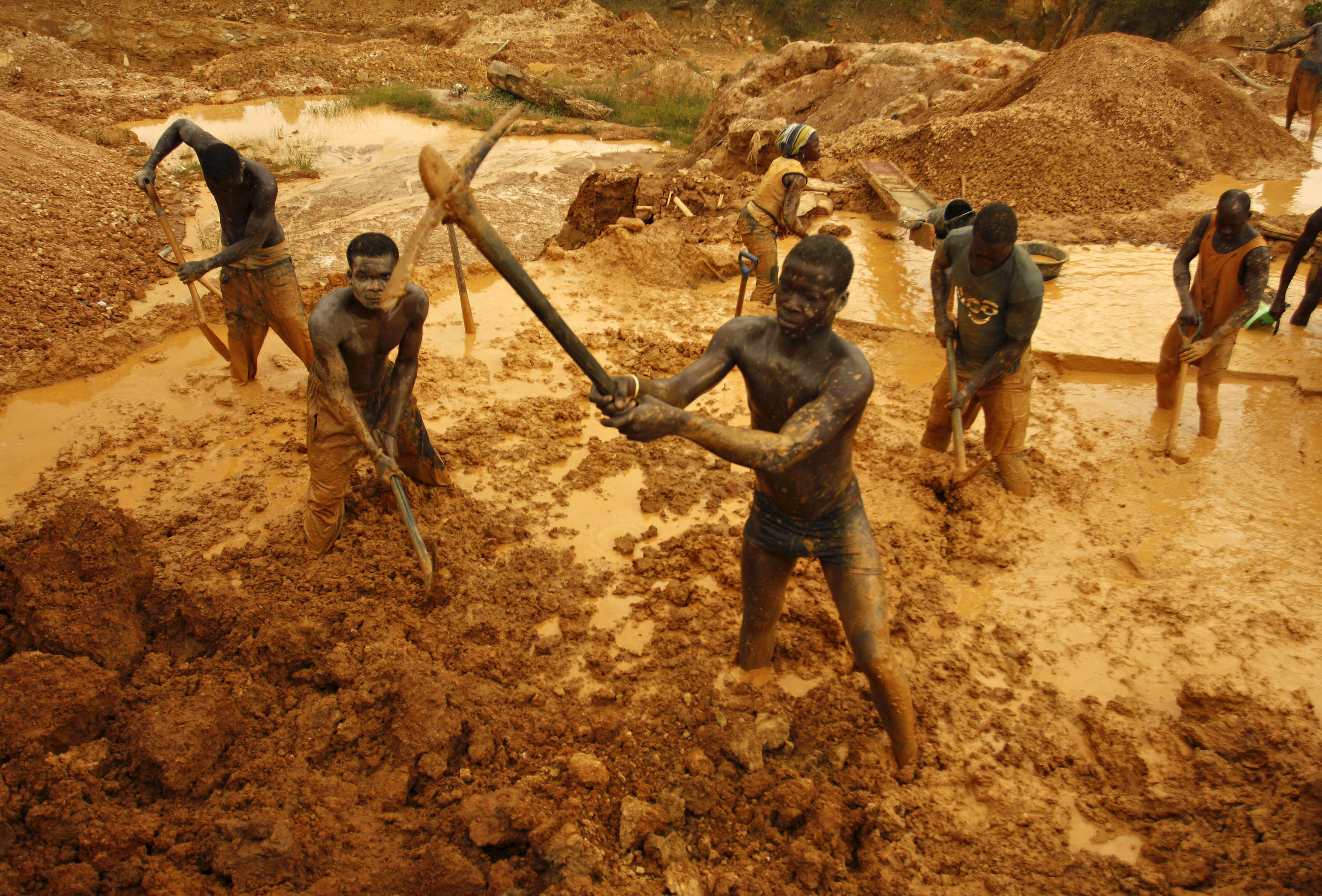
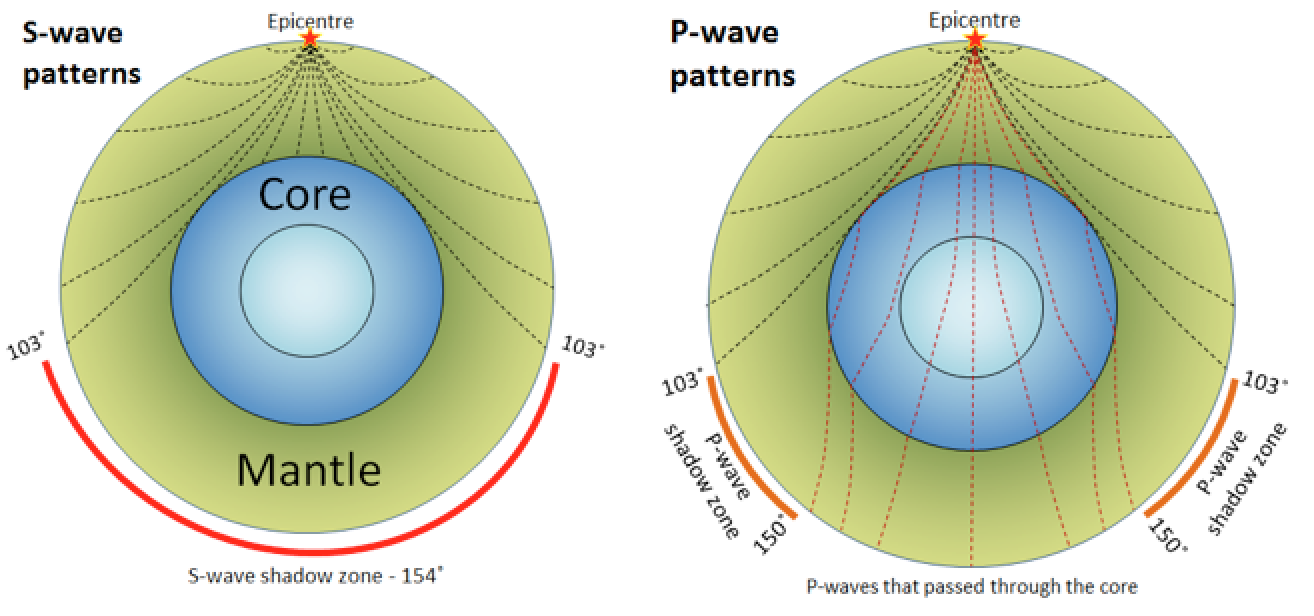
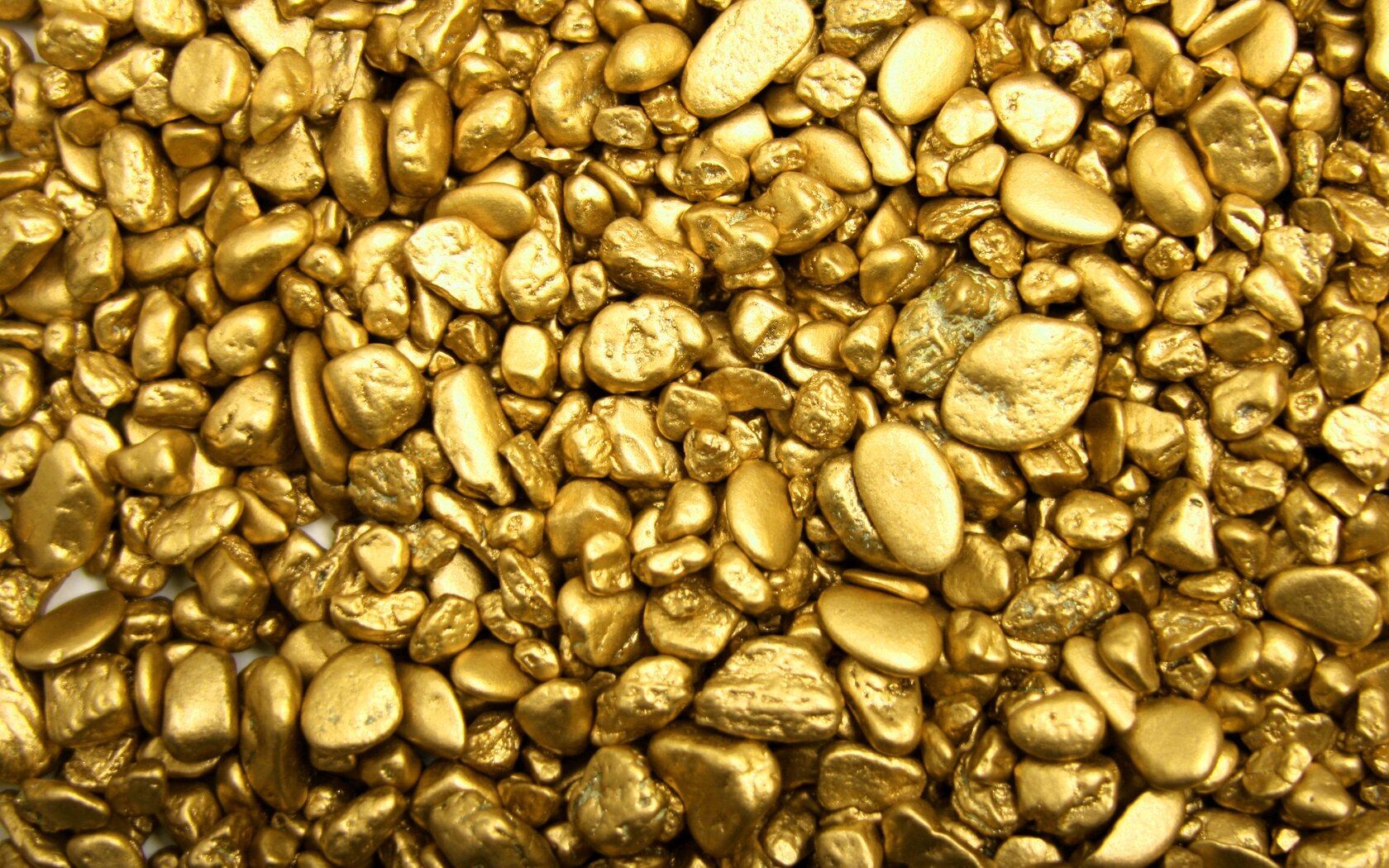

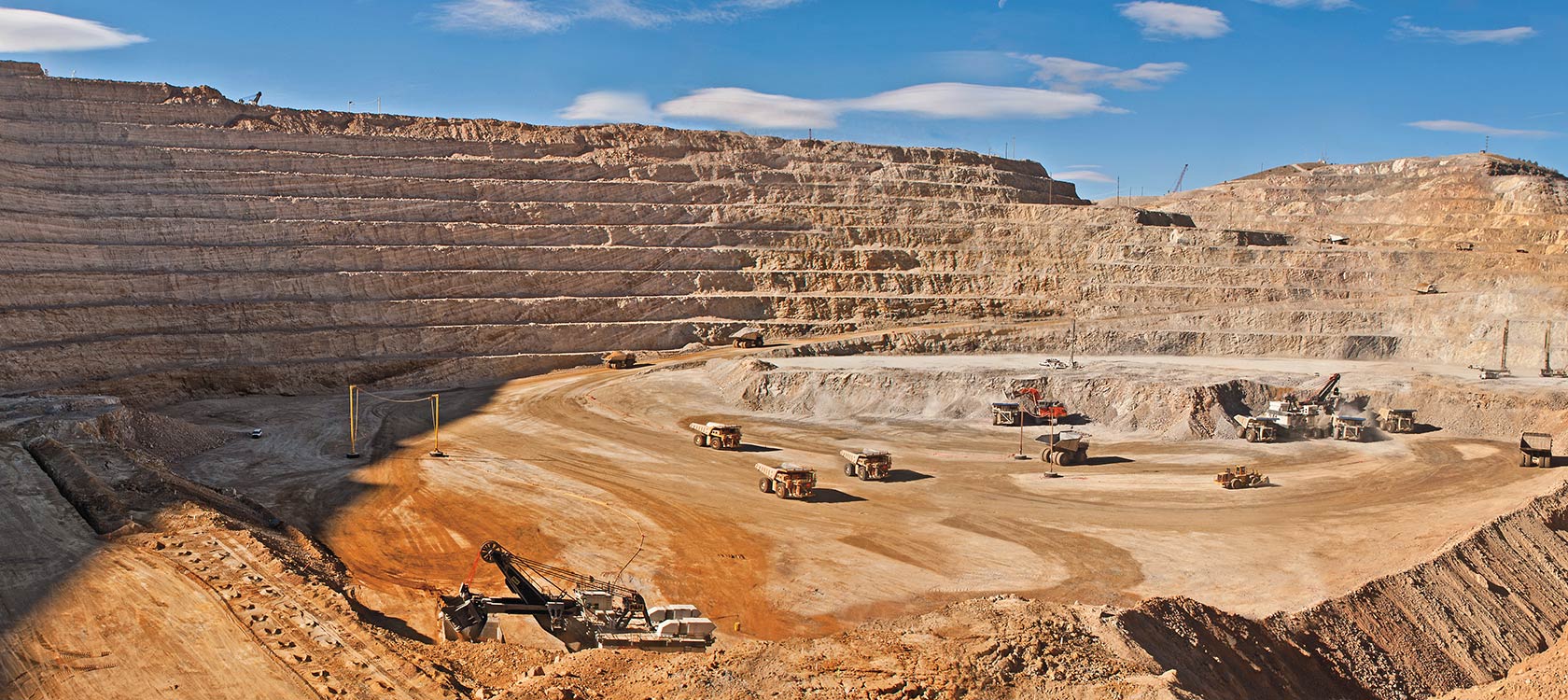

Does deep mining cause sinkholes and Earthquakes? If you extract so much out of the earth surly it would make it unstable and cause natural disasters. Mining the Oceans will be devastating to marine life. Why is Gold more precious than Water? There are precious metals out of space, why not search for Gold elsewhere in the universe? We only have one home here on earth and it is being destroyed by greed. If all the miners farmed we would not have millions starving.
Hi Michelle,
Interesting points.
Natural disasters due to mining activity are exceedingly rare. It’s not in the best interest of mining companies to have their infrastructure collapse. The goal is to extract as much ore as safety and efficiently as possible. There are of course examples of mine collapses and sinkholes but compared to the thousands of disaster free mining operations in the world these make up a small percentage. I’m not aware of a single earthquake triggered by mining, that would be impressive. Humans just aren’t that powerful.
Ocean mining is a new frontier and is currently being studied. Some of the proposed techniques can certainly be damaging to marine life. Experts are developing ways to mine the oceans sustainably. I envision something along the lines of forestry cut blocks, where areas are mined incrementally to allow for marine life to repopulate before continuing.
Why is gold more precious than water? I assume you mean in a philosophical sense. The actual reason is because gold is astronomically more scarce than water. You’re implying that gold mining somehow eliminates drinking water which is certainly not the case.
The human race is just starting to explore space for the purpose of mining. In the last couple years several start up’s have developed plans to actually mine asteroids. When it becomes economically viable we’ll mine space for all its worth.
Without mining what do you expect farmers to farm with? They wouldn’t have any metal tools, no tractors and no fertilizer. Unlike fossil fuels modern society will not function without mining. Farming is not without ecological disasters either.
The reason millions are starving is because there are too many people. Actually that’s the cause of just about every problem we have as a species. Global warming, pollution, resource scarcity, wars, etc. We can’t engineer our way out of every problem.
Every year we do a better job of producing resources in a sustainable way. There have of course been many abuses of the environment in the past. Mining has many skeletons in its closet. We need to learn from our mistakes.
Love it or hate it the world needs mining. Without it we’d go back to the stone age. Actually humans even mined then. We’d have to go back the evolutionary chain to a pre-human form. We’d have to live without all the technological advances that prolong human lives and make the modern world work. You have to break a few eggs to make an omelette.
There’s already enough food produced in the world to feed everyone living 1.5 times over. We don’t need less people or more farmers, we need better logistics and governments. That said, less people will always mean less effort but we can balance it out.
You say: “If all the miners farmed we would not have millions starving.” what gives you the right to spend others money just because they have it? Do you work for free? Let those who earn their money spend it the way they want. Do you give all your money away to those in need? There would be a lot less hungry people if they got off their butts and got a job or did manual labor or something.
So it is possible,what with new technology, the role of gold in the world’s monetary system will become absolete due its lose of rarity?
Absolutely, it’s called supply and demand (the rarer the mineral, the more it costs and the more we find the price drops, theoretically speaking).
Great read, well written and was exactly what I was looking for. Top notch??
If even a fraction of that denoted “122 billion metric tonnes” of gold were mined, the value of the metal would drop dramatically — thereby, losing its worth (see: supply / demand).
As such, the cited ‘secrecy’ surrounding the volumes of gold found and held, will forever be extant. That is, while people can make money off of something, they will spruik its worth to the heavens.
I really don’t think we need to tear up more of the earth….just for our vanity and greed.
They are proposing the world’s largest gold mine here in Alaska, but why? Why do we actually need more? We don’t.
https://www.alaskapublic.org/2019/02/01/nonprofit-raises-questions-over-recent-donlin-state-permits/?utm_source=feedburner&utm_medium=feed&utm_campaign=Feed%3A+aprn-news+%28AKPM%3A+Alaska+News%29
While it’s true that most gold is used for jewelry, about 30% of all gold is used for electronics.
A small amount of gold is used in almost every sophisticated electronic device, that includes smartphones and the computer that you used to share your comment. GPS devices, modern TVs and countless other devices require gold to function.
Gold has other industrial uses in medicine and things like glass making and high technology.
About 22% of all gold on the surface of the earth is used for coins and bullion.
FYI, the proposed Donlin Gold project is not going to be the biggest in the world. While you don’t think we need to “tear up the earth” the rest of society would like to continue producing computers and other technology that improves, and in many cases, save lives.
Modern mining regulations, reclamation bonds, etc ensure that after the lifespan of a mine is complete that the site must be put back to nature. It’s true that Alaska’s reclamation policies are lagging behind places like Canada but their rules are still very strict.
There is one error made in this article. You mentioned the gold that may be found in the ocean floor itself, but you neglected to mention all the gold that could be dissolved in ocean water itself. I heard that there could be a ton or more suspended in the ocean waters in every cubic mile of it.
How is that an error? Is this an April Fool’s joke?
I’m sorry but your sources are flawed. Gold is not water soluble, that’s the whole basis of placer mining. If gold was water soluble a sluice box wouldn’t be very useful.
That being said, I’d like to hear your explanation on how there is a ton of gold in every cubic mile of ocean water.
Great article
(to the author)
Great article! I will refer to your article in my upcoming book on gold, but I can’t seem to find your name (Placergold?) and the date of publication. Could you please provide me this information? Thank you, Jan Longeval ( Belgium)
What is to prevent any government in the future from nationalizing all gold supplies while declaring it illegal for individuals to own gold while setting an arbitrarily low exchange rate with which to compensate the gold-holders?
From 1933 to 1975 the United States made it illegal for private citizens to own gold. That had a lot to do with manipulation of the currency and debt from WWII. Immediately after confiscating everyone’s gold Roosevelt jumped the gold price from $20 to $35 per ounce. That’s pretty much the scenario that you described and it has happened already.
It certainly can happen again however there are many more options available today than there were in the 1930s. There are many options available to buy and sell physical gold in international markets and for pretty much any currency you want to trade for. Even if one government tried to confiscate physical gold it wouldn’t be hard to find a buyer somewhere else.
This is a great blog.
“Current scientific theories estimate…
“The density of the inner core is greater than iron…”
Is that a demonstration for the presumed existence of “35 billion tons of gold” somewhere deep in the planet?
Current scientific theory once was that everything revolved around Earth.
My current scientific theory is that there could be a lot or zero gold, or many other metals in there, and that we have little idea at this time.
It’s important to clarify what the word “theory” means in the realm of science. People often claim something is “just a theory” or “I have a theory”. That word has a specific meaning in science. A scientific theory is an explanation of the natural world that makes testable and verifiable predictions. Those predictions must be confirmed by experiments using the scientific method. You can’t have a theory without it being able to make predictions that can be verified by other people, otherwise, it’s just a guess and doesn’t have anything to do with science.
I am satisfied
I am only thirteen and how come y’all have 47%mining and I don’t get that y’all are slowing down.
That question doesn’t make any sense. You’ll have to explain that a little better.